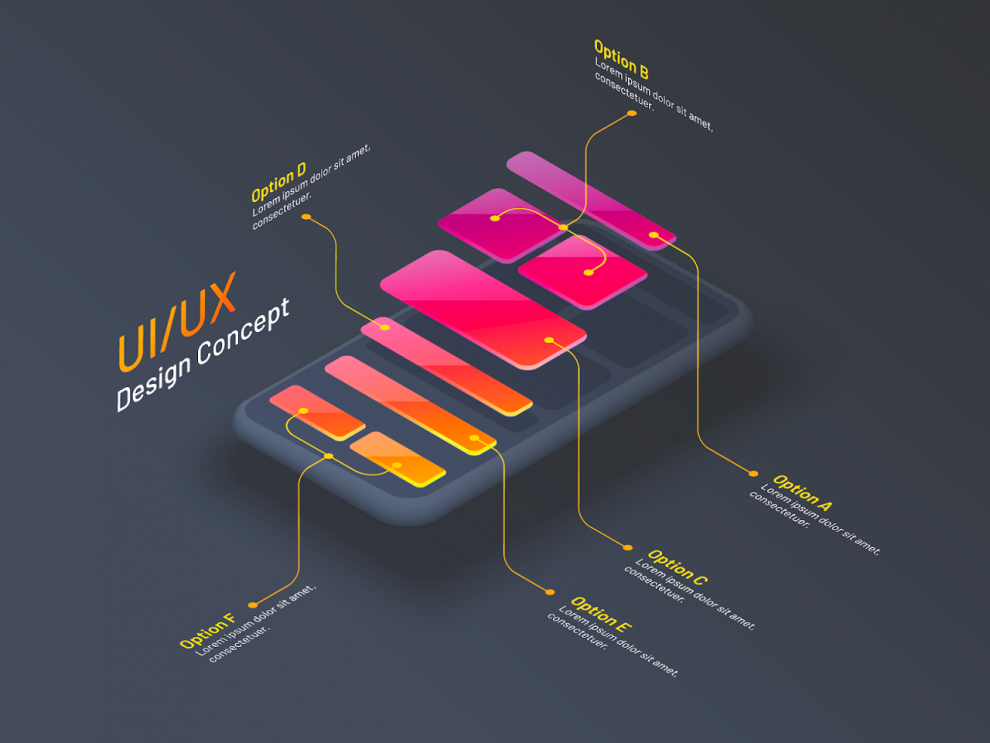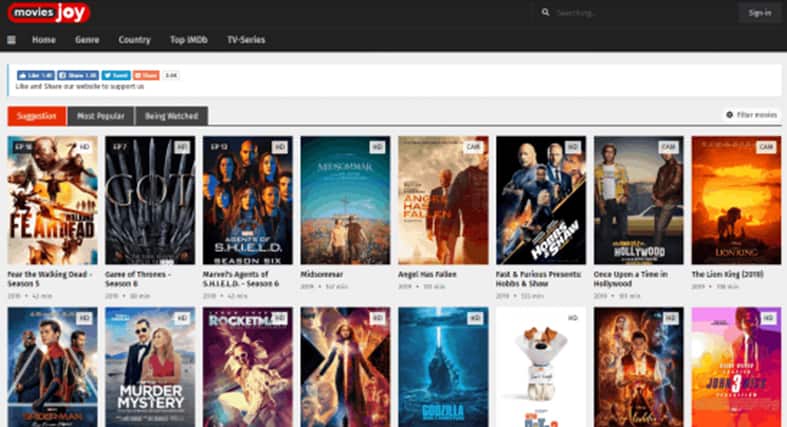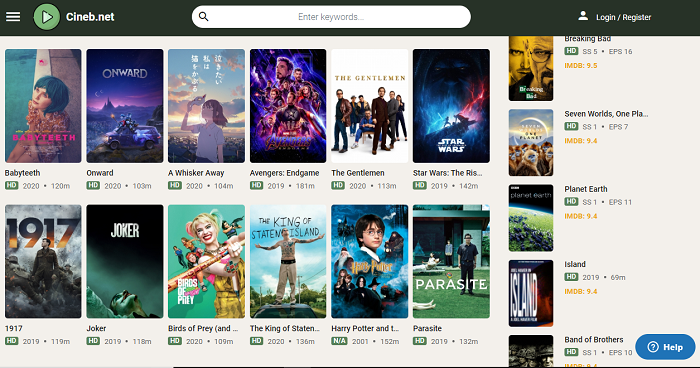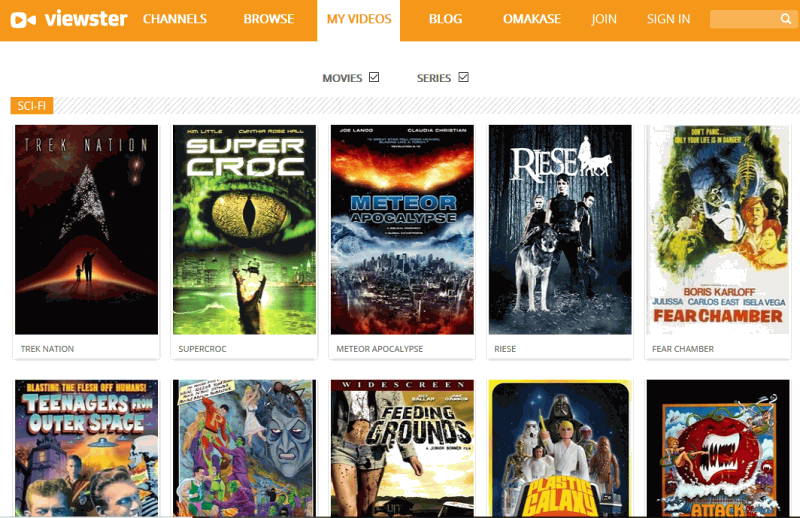As the online consumer industry rapidly evolves and the business competition gets tougher, keeping a good digital presence has become more difficult. To solve this, may would opt to hire designers to create a good-looking website to attract customers, but many would neglect and miss the biggest question: “how do you make them stay?”
It’s good enough to provide fresh-looking and attractive websites but if there’s something that many, even good-looking websites lack, its ‘experience.’ There really is no use for a website that although looks good, won’t be able to provide a good user experience and does more stress than comfort. This is why there is a need for UX Designers because User Experience design is a required factor in building a website, and not just an option.
What is UX Design, and What is Not?
In simpler terms, User Experience (UX) design is concerned with the overall satisfaction of users while interacting with the website and about how users are able to gain more from using and accessing it. While User Interface (UI) design is concerned with the elements and visual layout where the user can interact with the website. On the other hand, usability is concerned with the ease of use and user-friendliness of the website while users are interacting with it. Therefore, UI and Usability are subsets of UX because they are somewhat the tools that help establish the goals of the UX design.
Both UX and UI make certain that the meaning or substance of a product is delivered in a seamless and aesthetically pleasing way. It is the only way to make the full user experience meaningful and rewarding to both the user and the company.
What are the Tasks of a UX Designer?
Before, UX design was loosely associated with graphic design or how the digital presentation of products and services look. But as digital technology advanced, UX design emerged as a way to innovate the actual “feel” of digital interactions where users are able to enjoy the experience of browsing through a website or checking out products. With this in mind, the main responsibilities of a UX designer can be drawn out and these are:
1. Conducting User Research
It is important to understand the target users in order to create a design that is suitable to them. Research will provide the information which will guide the designer to create a unique design that the users can identify with. This will also lead to making information-driven decisions that are more effective rather than basing on assumptions.
A user research is conducted by collecting data through interviews, making competitive analysis, doing online surveys, creating focus groups, etc. The goal is to have information that will explain how the users behave, determine what their goals are, and identify both their needs and motivations.
2. Creating Personas and Information Architecture
Once the designer has made a research about the users, it is now time to create a persona that reflects the group that the design is for or the representation of the actual users. The information architecture, on the other hand, is the creation of a model of the website/product/service structure to understand how the users can access the information. It is basically building a diagram where information is divided into categories to show how the users can navigate the menu and other elements of the website.
This process will allow the designer to create scenarios that show how the website or application can fit into the lives of the users. This is the moment where the designer has to put himself on the shoes of the users in order to have an authentic feel as to how the website is used and how the content can affect the users.
3. Creating User Flows and Wireframes
In order to fully identify how users interact, wireframes are made or the low fidelity representation of the design that the designer is building. It typically guides the designer in the development of the final design.
Creating wireframes is usually quick and presents the UI in a very simple manner. Images on the design, for example, will be represented by crossed rectangles, just to show where they should be on the design.
4. Prototyping and User Testing
Aside from wireframes, a more detailed model or representation of the design is shown via prototyping and is essential for user testing. Prototypes give the designer a taste of how users interact within the design. They are also great in creating guides to understand how each of the different design elements function.
Prototypes may not have the actual products in them but the intent is to be able to test the main interactions that will happen once the users access the design. It gives a more realistic feel than having static images. A designer can conduct an in-person test using the prototype to gather both verbal and non-verbal feedback which will help in the evaluation of the whole design.
5. Visual Designing
Aside from the crucial process of determining the actual experience of using the design, it is also important to be concerned about how the design will look. This is where the actual building of the user interface design begins wherein ideas are translated into a visual presentation through imagery, use of color schemes, choosing of icons, and picking out typography.
The process of producing the visual design should be able to showcase how the designer can deliver a functional design that looks awesome. It should be able to elicit a favorable reaction from the users which would lead them to want to discover and explore more about the design.
What are the Important Skills a UX Designer Must Have?
With the responsibilities of a UX designer identified, it is also essential to know why it is a must to learn the following skills:
1. User Research
A designer can only be effective when he is able to make a productive user research. This would allow him to work on a design that is very specific to the target users. This will ensure that the design created is valuable in terms of functionality and purpose.
2. Collaborative Skills
Aside from research, it is important that a designer is able to collaborate with other people who share the same goals in creating the design. This gives the designer the opportunity to learn from the rest of the team and apply their inputs to improve the resulting products.
3. Wireframing and Prototyping
Another skill that a designer should prioritize about is to know how to effectively create wireframes and prototypes. Ideas are only valued when they are effectively presented. A designer should be able to make the testers understand the design and make them appreciate what the functions are all about.
4. Visual Communication
A UX designer is nothing if not fully versed with visual communication. It is a must to brush up on the design skills in order to create interactive prototypes. One way to do this is by being aware of new technologies, like Removal.AI, which makes the design process quick, easy, and more effective. If you have bulk images that need background removal then consider utilizing automated tools to optimize your design workflow. It is more efficient than to edit your photos one by one manually.
5. HTML, CSS Coding
It is not a bad idea to learn coding skills as it may be necessary in understanding the back-end development of the design. It will allow the designer to understand the design from a technological perspective.
6. Analytical Skills
Creating UX design is a multidisciplinary and unending process which basically means that a designer has to know how to deal with different data and information. Developing strong analytical skills will immensely help in the product development and marketing process. it will also let the designer draw out solutions to simple problems and challenges, such as when to remove background from image or on more pressing matters like choosing colors that will best represent the design.
Conclusion:
Customers always come first and this concept very well defines the purpose of a good UX design. It is a must to create a design that is based on the customers — what their needs and wants are, how they can access the products, and making them enjoy the process.
A good design is one that the customers can relate to without exerting too much effort. It is the job of the UX designer to make certain that this is achieved at any point of using the website.
Author’s Bio:
Jenn Pereira is the Product Designer of Removal.AI, a free background remover tool that uses AI technology to process images, removing its background instantly from your browser. This tool also comes with a free online photo editor that allows users to create diverting graphics, banners and images.
She is passionate when it comes to designing and creating new ideas to help brands and small businesses realize and achieve their goals through innovative product, UI/UX design application and strategic digital marketing.











Add Comment